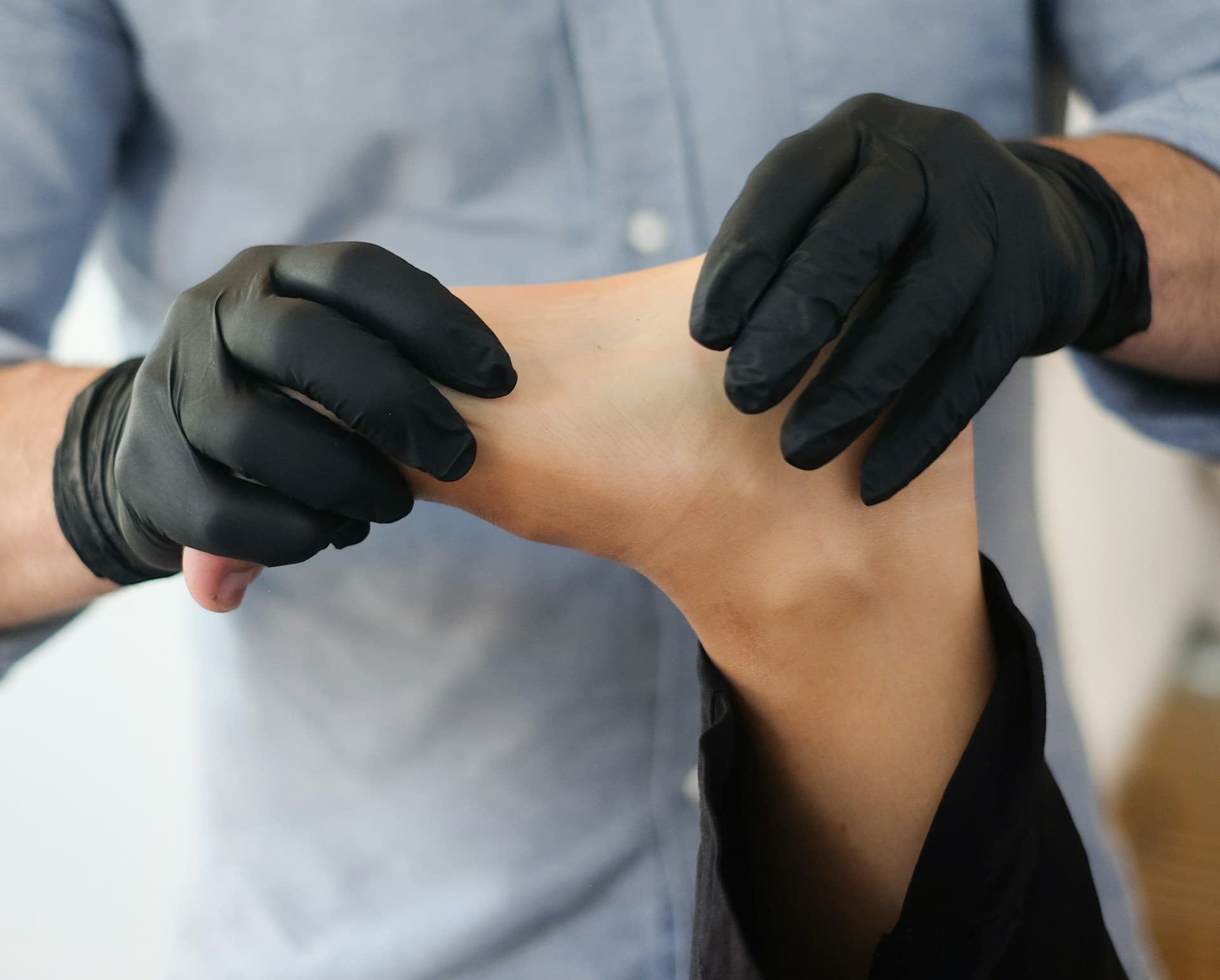Reflexology Unlocked: The Ultimate Guide to Healing, Relaxation & Wellness
February 5, 2025
4 Minutes

What is Reflexology?
Reflexology is a holistic healing technique that involves applying pressure to specific points on the feet, hands, and ears. These points, known as reflex zones, correspond to different organs and systems in the body. Practitioners believe that stimulating these areas promotes healing, relieves stress, and enhances overall well-being.
Historically, reflexology traces its roots to ancient Egypt, China, and India. Modern reflexology was popularized in the 20th century by Dr. William H. Fitzgerald's "zone therapy" and later refined by Eunice D. Ingham, who developed detailed maps of reflex zones.
How Does Reflexology Work?
The primary mechanism behind reflexology is based on the concept of energy pathways running through the body. By applying pressure to specific points, practitioners aim to stimulate these pathways, improving circulation, nerve function, and the body’s natural healing response.
While some skeptics argue that reflexology lacks a concrete anatomical basis, studies suggest that it may influence the nervous system and enhance relaxation, leading to physiological benefits such as reduced stress and improved sleep.
Key Benefits of Reflexology
1. Stress and Anxiety Reduction
Reflexology promotes relaxation by stimulating the parasympathetic nervous system, helping to lower stress hormones and alleviate anxiety. Studies have shown that regular reflexology sessions can significantly reduce cortisol levels and improve mood.
2. Pain Relief
Reflexology has been used to manage various types of pain, including headaches, migraines, and chronic pain conditions like fibromyalgia. Research indicates that it may help reduce pain perception and improve quality of life for individuals dealing with chronic discomfort.
3. Improved Circulation
Reflexology stimulates blood flow, which helps in delivering oxygen and nutrients to the body's tissues. Enhanced circulation can accelerate healing, reduce inflammation, and promote overall vitality.
4. Better Sleep Quality
By inducing a state of deep relaxation, reflexology has been linked to improved sleep patterns. Individuals suffering from insomnia or restless sleep may benefit from regular reflexology sessions.
5. Detoxification and Improved Organ Function
Reflexology supports the lymphatic system in eliminating toxins from the body. This cleansing effect may enhance liver, kidney, and digestive function, contributing to better health.
6. Hormonal Balance
Reflexology may help regulate hormones, making it a beneficial therapy for women experiencing PMS, menopause, or fertility issues.
Reflexology Techniques and Methods
There are various reflexology techniques, but the most common include:
- Thumb Walking: A pressing motion using the thumb to apply steady pressure to reflex points.
- Finger Rotation: Circular movements with the fingers to stimulate specific areas.
- Hook & Back-Up: A technique that applies pressure with a slight hooking motion for deep stimulation.
- Kneading: Similar to massage, this technique involves squeezing and manipulating reflex zones to enhance circulation and relaxation.
Foot Reflexology
Foot reflexology is the most widely practiced form, with practitioners working on reflex zones corresponding to organs like the heart, lungs, kidneys, and digestive tract.
Hand Reflexology
Hand reflexology is a great alternative for individuals who may not be comfortable with foot treatments. It follows the same principles and is particularly effective for stress relief and hand pain.
Ear Reflexology
Ear reflexology, or auriculotherapy, focuses on stimulating pressure points in the ears that relate to different parts of the body. This technique is often used for pain management and addiction therapy.

Scientific Evidence Supporting Reflexology
While reflexology is often categorized as an alternative therapy, research has provided some supportive evidence of its effectiveness.
- A 2019 study found that foot reflexology significantly reduced fatigue and pain in cancer patients undergoing chemotherapy.
- A 2018 clinical trial indicated that reflexology might help reduce anxiety and improve sleep quality in cardiovascular patients.
- A meta-analysis published in the Journal of Alternative and Complementary Medicine suggested that reflexology can positively impact blood pressure, stress levels, and pain perception.
However, it is important to note that while reflexology shows promise, it should not be used as a replacement for conventional medical treatment.
Who Can Benefit from Reflexology?
Reflexology is a non-invasive therapy suitable for people of all ages. It may be particularly beneficial for:
- Individuals experiencing high stress or anxiety
- People with chronic pain conditions
- Those looking to improve their sleep patterns
- Women with hormonal imbalances or menstrual irregularities
- Individuals recovering from surgery or illness
- People seeking complementary therapy for overall well-being
What to Expect During a Reflexology Session
A typical reflexology session lasts between 30 to 60 minutes. The practitioner will:
- Conduct an initial assessment to understand your health concerns.
- Ask you to relax in a reclining chair or massage table.
- Apply pressure to reflex points using their fingers and thumbs.
- Adjust the pressure based on your comfort level.
- Conclude the session with relaxation techniques.
Many people report feeling deeply relaxed after a session, and some experience immediate relief from stress and pain.
Potential Risks and Considerations
Reflexology is generally safe when performed by a trained practitioner. However, individuals with the following conditions should consult a healthcare professional before undergoing treatment:
- Deep vein thrombosis (DVT) or blood clotting disorders
- Open wounds or infections on the feet or hands
- Pregnancy (particularly during the first trimester)
- Severe neuropathy or diabetic complications
Reflexology offers a natural and non-invasive approach to health and well-being. While more research is needed to establish its mechanisms fully, existing studies suggest it may have real benefits for stress reduction, pain relief, and overall wellness. Whether used as a standalone therapy or as part of a broader wellness routine, reflexology is a time-tested practice that continues to gain popularity worldwide.
If you’re looking to explore holistic healing methods, booking a reflexology session could be a step toward better health and relaxation.
Sharing Services
Pick the one you like.

Researched & Written by afinika
CEO @ Welleta.com
Fluffy leta
Services
- reflexology